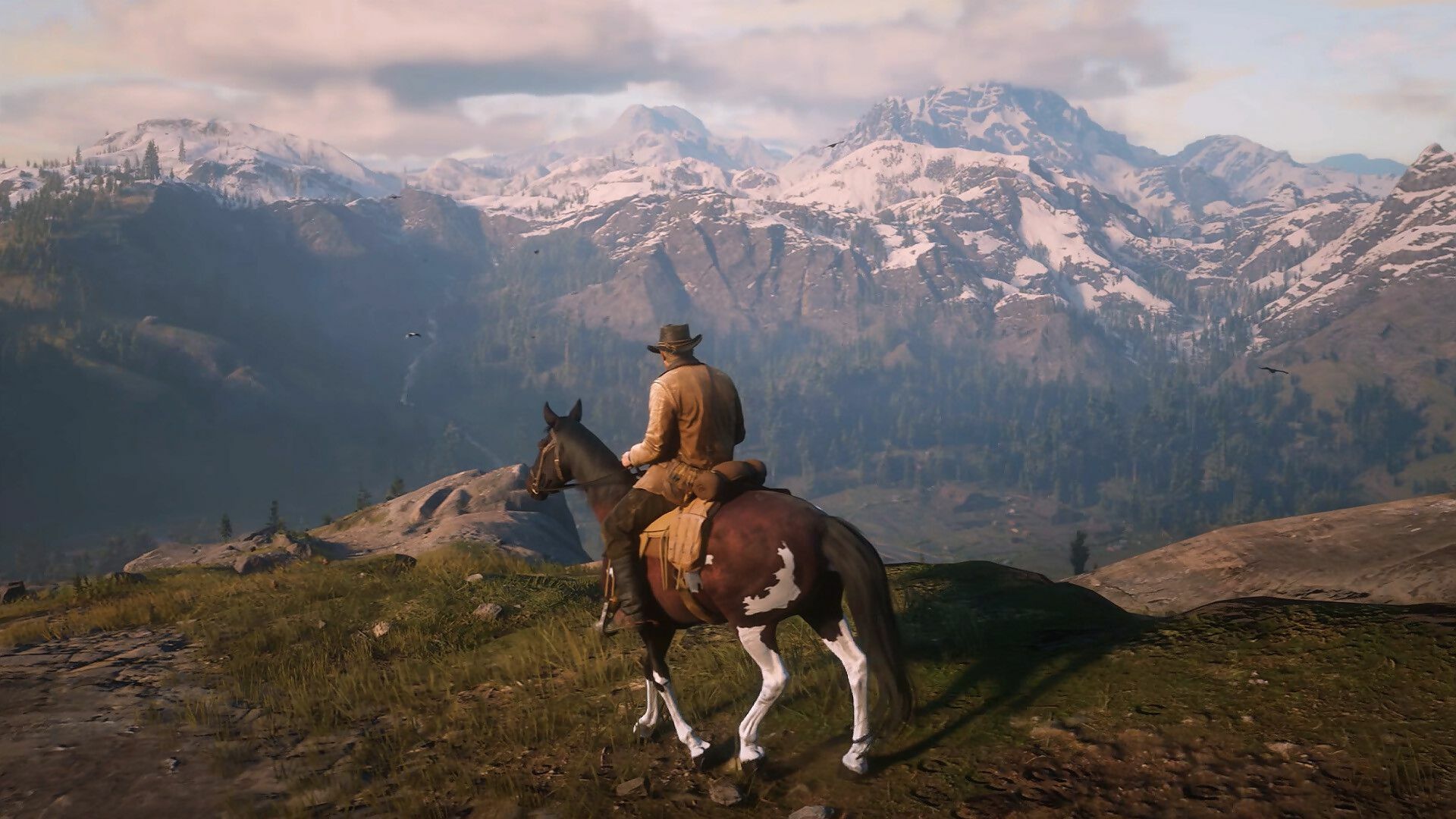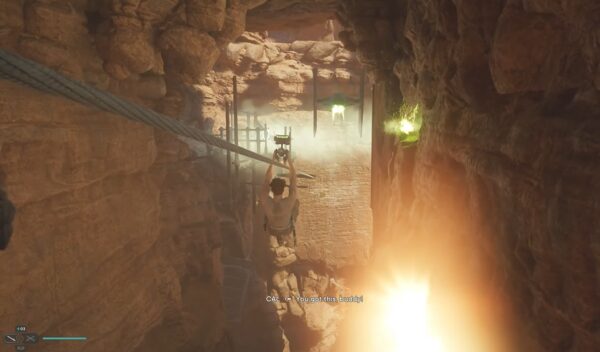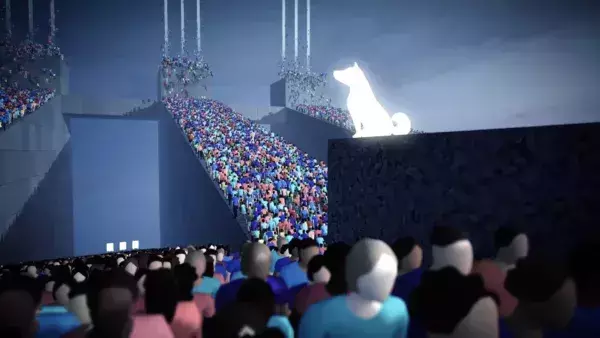
Can we stop calling triple-A games ‘beautiful’ as a reflexive move? This is probably an unreasonable ask, and there’s likely some beauty to be found in some of these big, big games. But every year we get the same major studios racing towards a chasm of hyper-fidelity. Throwing more money, time, and bodies into the problem, as though they’re trying to build a bridge just stable enough to cross into the next hardware cycle.
And every year, we get critics, and gamers, and marketing departments all enraptured with the beauty of this aggressive arms race towards a perfect representation of reality in a virtual space. They use words like beautiful, pretty, and gorgeous – can I just say, it makes my skin crawl?
What we’re all responding to (because none of us is really immune, not at first blush anyway) is the power of spectacle. It’s designed to override our critical faculties, to arrest us in an often unearned awe. And while the technical ingenuity and extensive labour of the developers – who work for massive corporations to produce massive games on massive budgets so they can garner massive sales for their executives and shareholders who in turn get massive returns – is profound and something to be applauded, we owe them, ourselves, and this industry so much more.
The issue of photorealism in games is a matter of personal taste, a question of aesthetics. I’d argue that what people are responding to is the technical mastery. That we’ve been conditioned to believe more polygons, more particles, newer more advanced shaders are what is crucial and amazing. That there really hasn’t been a beautiful game in the triple-A space for a while now, because how can something be beautiful when we know the practices involved in its creation, when we see how these companies executives behave, and are rewarded for fractionally better margins.
Beauty can rise up out of ugliness. It is possible. But I can’t help but find the reflexive need to fall over these massive commercial ventures and characterise them as ‘beautiful’ extremely distasteful. We should know better.
Most, if not entirely all, game developers who work at triple-A studios don’t enjoy many protections from abusive crunch practices: massive layoffs (as we’ve just seen at Activision Blizzard) to make earnings calls sound better, or the ability to petition for the kinds of bonuses or residuals they deserve from shipping a title that sells. We know that labour conditions in this industry suck because we know how quickly people burn out and leave. We watch the latest Game of the Year brought to life only through burning the passion these developers have in making games as fuel.

Dia Lacina’s column is just one of the great pieces you’ll find in Wireframe #8, out now.
When you think about the human cost of these games – is beauty a word that is even appropriate? Sure, Red Dead Redemption 2 may have an incredible number of trees that look ripped from a photograph, snow may clump on the branches in a realistic way, and sheer rocky peak towers may poke ominously through volumetric clouds in the distance. But how many people burned out in making that scene, left before the game shipped, and had their named stripped from the development credits entirely because that’s Rockstar policy?
How many birthdays and anniversaries are missed? How many relationships collapse under the pressure of crunch? What happens to worker health, mental and physical, as they’re continually pushed beyond what we should consider reasonable?
Plenty of people will argue that great art requires sacrifice. And that’s bullshit – the kind that reduces people down to their capacity to create value for a corporation. There’s no game worth the kinds of sacrifices these companies routinely ask of their employees.
Instead of calling these games beautiful, let’s acknowledge their human cost. Let’s stop equating the spectacle of money with aesthetic greatness. Let’s stop calling things undeservedly beautiful, and call them what they really are – expensive. It’s an expense we can’t afford to keep paying.
You’ll find lots more features, interviews, opinion, reviews, game design tips and guides in every edition of Wireframe. You can subscribe, buy a copy, or download a free PDF right now.





